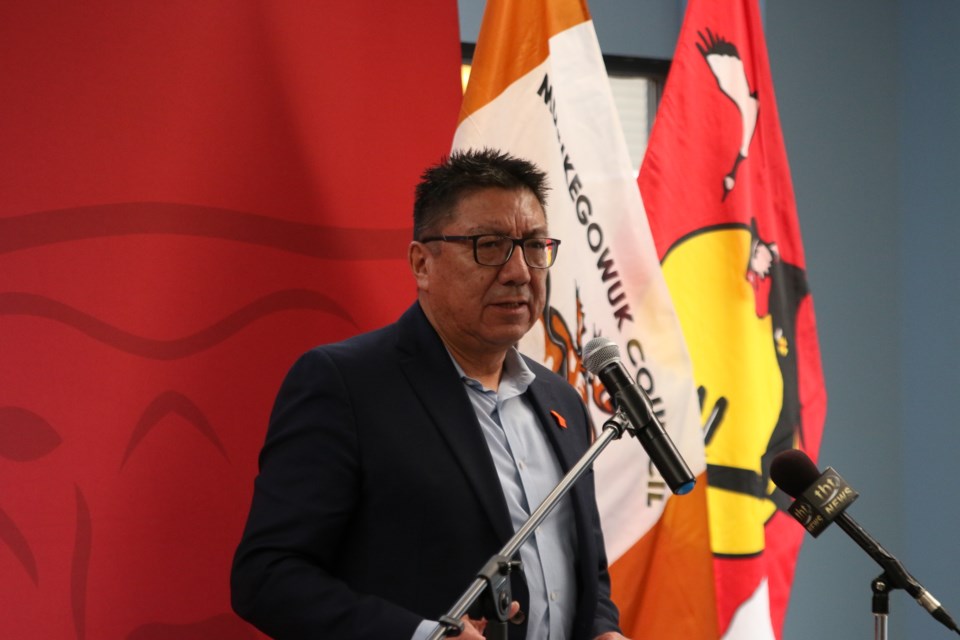THUNDER BAY -- On March 19 Auditor General Karen Hogan released a new report on Indigenous housing which highlighted the federal government's failure in closing the housing gap.
Nishnawbe Aski Nation (NAN) Grand Chief Alvin Fiddler has responded to the report by stating that the approach used by the federal government is “simply not working.”
“The failures documented by the auditor general are life and death matters for our citizens living in crowded and inadequate housing. This is costing lives and has had a severe impact on health outcomes for our members, especially in remote communities,” Fiddler said.
The Minister of Indigenous Services, Patty Hajdu, defended the federal government in an interview with Dougall Media by stating that colonizers shouldn’t impose their priorities on First Nations communities, but work with First Nations on closing the funding gap.
However, NAN-specific research shows without additional funding allocated to First Nations, the federal government will not close the funding gap by 2030.
In 2021, the Assembly of First Nations said that an estimated $44 billion was needed to improve housing in First Nations; meanwhile, the auditor general's report stated that over the last five years, Indigenous Services Canada (ISC) and the Canada Mortgage and Housing Corporation spent $3.86 billion across the country.
According to NAN, the federal government's investments fall short. At least $5.5 billion plus the required infrastructure is needed in NAN territory.
Moreover, persistent mould growth from low-quality materials emphasizes that low-cost solutions only decrease the life cycle of a house and increase the long-term cost of repairs.
Hajdu did acknowledge these low-quality materials were used to build homes, but she claims that the previous Conservative government was to blame for not spending on high-quality materials.
Nevertheless, the most egregious claim made in the report was communities with the greatest needs do not receive the funding they require.
Hajdu's defence in light of this claim was to stress the importance of self-determination among Indigenous communities in terms of ensuring that the government is considering the needs of the community.
However, NAN states the problem is red tape that sets up unequal barriers to obtaining funding.
Additionally, NAN also claims that the ISC’s lack of “planning and direction, including transfer of care and control, follows the decades old ad hoc approach by governments towards on-reserve housing.”
NAN believes that partnership is required to close the gap in housing, but ISC’s funding programs do not consider that NAN has a housing strategy for the ISC to follow.
The NAN housing strategy was created with an occupant-focused housing assessment which focuses on community housing action plans and solutions. It also centred around Indigenous knowledge that advocates for First Nations self-determination in the planning, governance, and design of housing systems.
“I strongly urge our federal treaty partner to refocus its approach to housing with full engagement by our leaders and funding that meets the needs of our communities,” said Fiddler.
